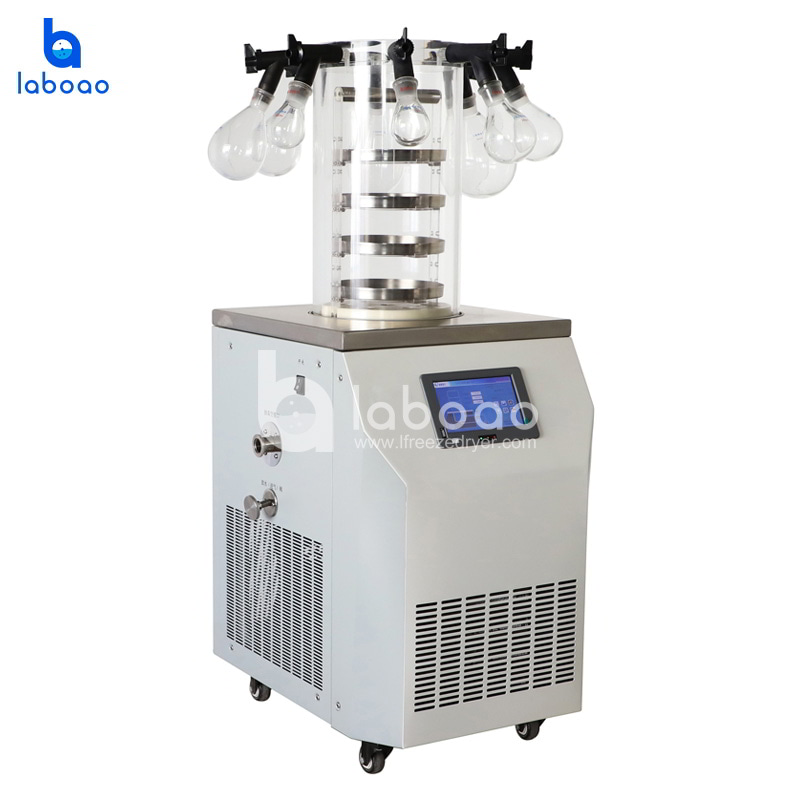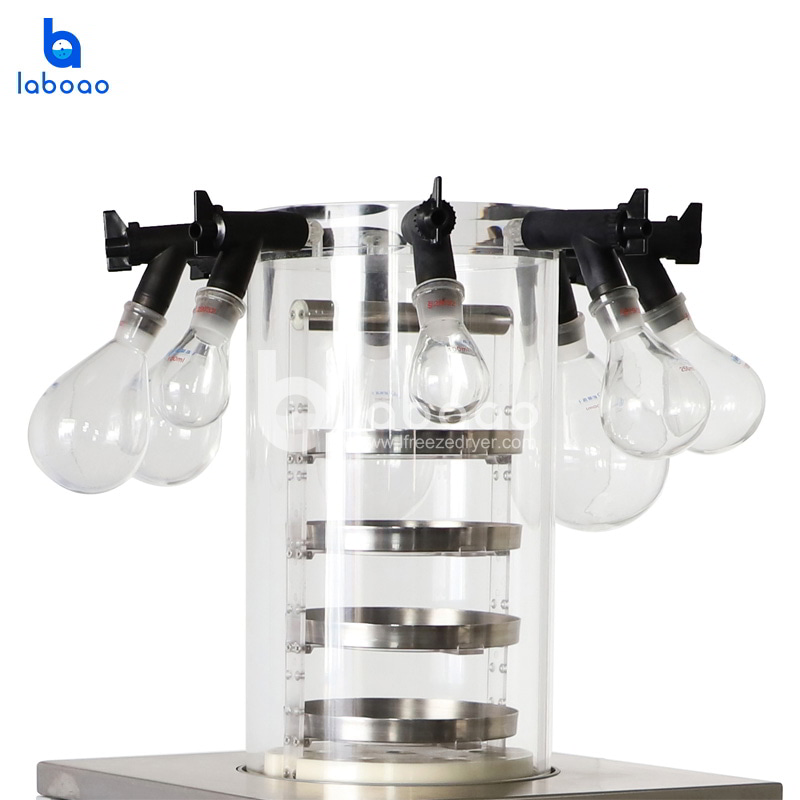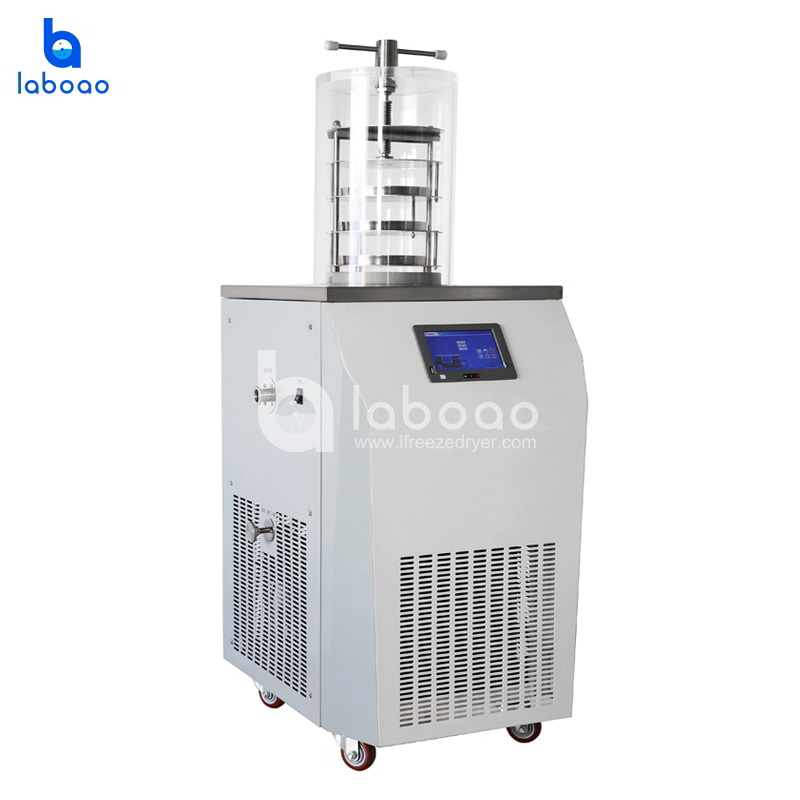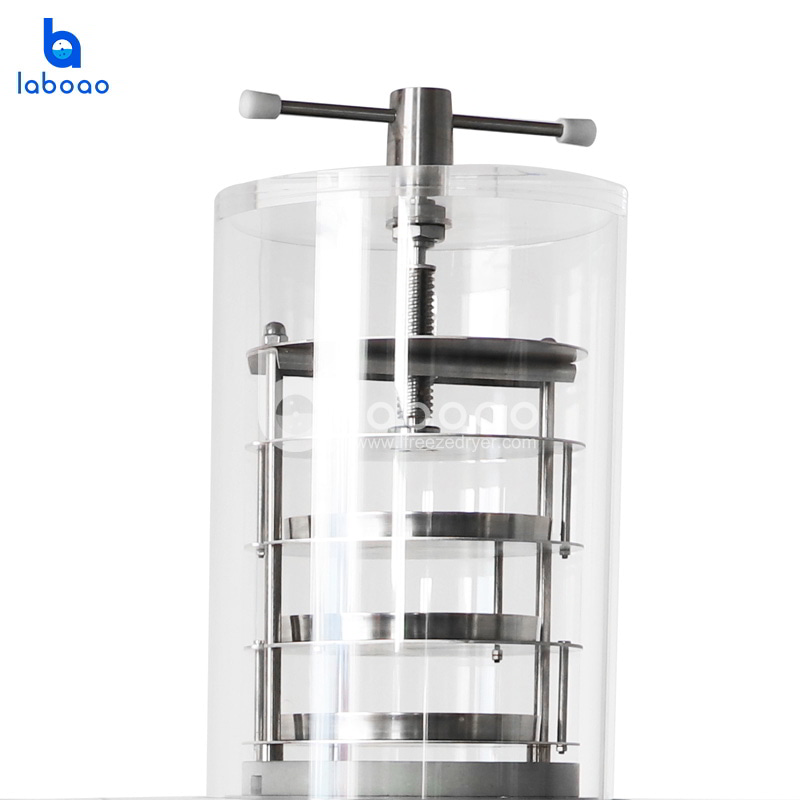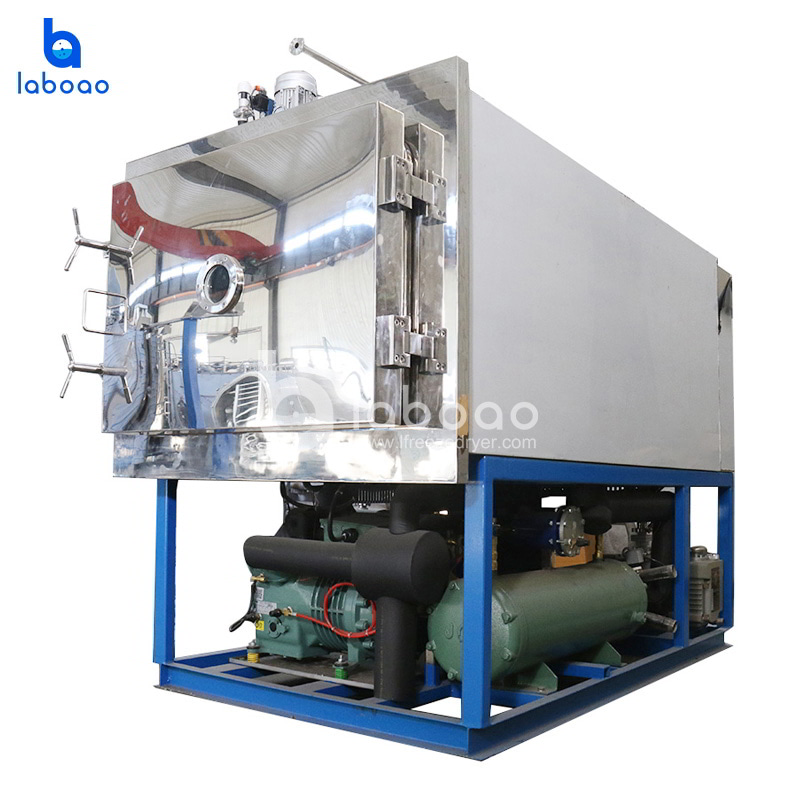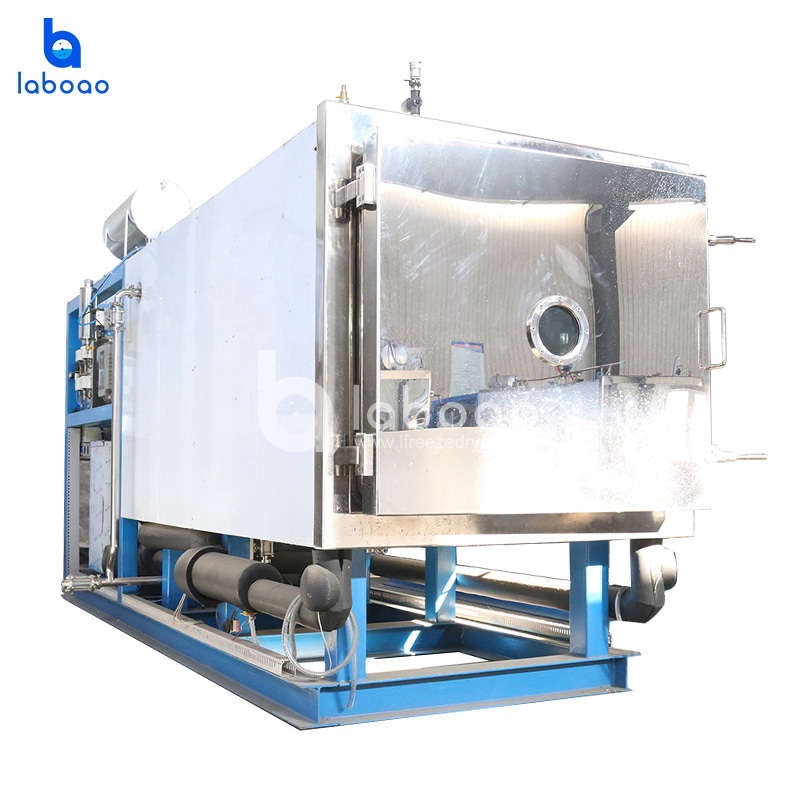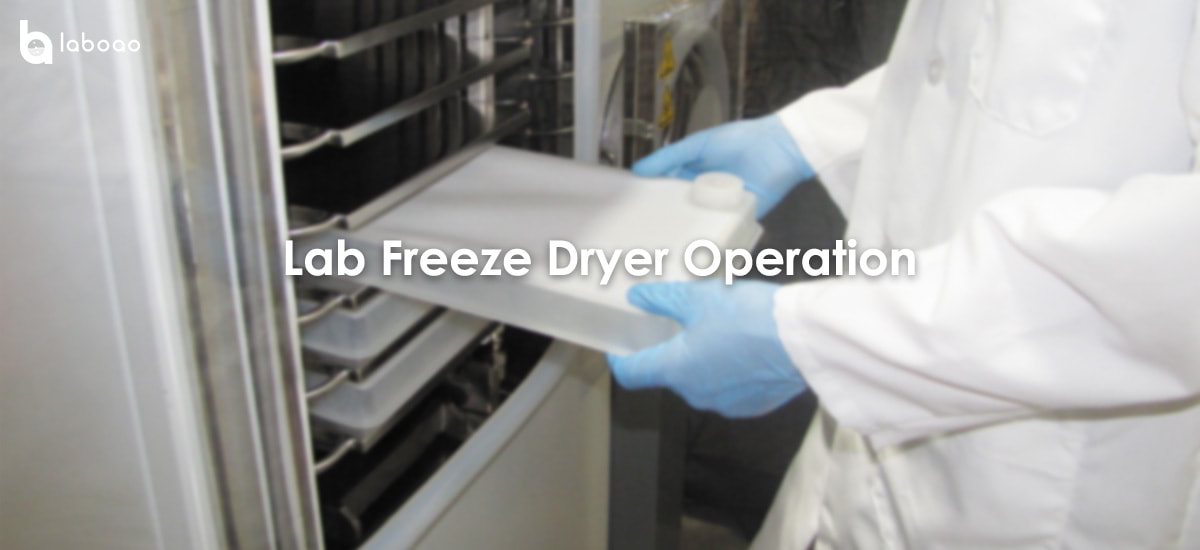
The freeze dryer is suitable for scientific research in life science, medicine, food science, aquatic science, biochemistry, environmental science, archaeology, etc., and can meet the needs of the exploration and application of freeze-drying technology. The main purpose of this product is to dry and preserve easily dehydrated products. After adding water, the properties of the raw materials can be restored without affecting their biological activity, etc.; when the product is dried at extremely low temperatures, the protein will remain anhydrous, while the quality of other major chemical bonds will remain unchanged.
Through freeze-drying, tissues, tissue extracts, bacteria, vaccines, plasma and other substances are in a dry state, thereby avoiding changes in enzymes, bacteria and chemical substances. Freeze drying is a better way to preserve tissues and tissues that are sensitive to biological characteristics.
The detailed operation process of using the laboratory vacuum freeze dryer is as follows:
First, Sample placement:
A. Place the pre-treated items in the material tray, and then put the material tray in the freeze-drying rack.
B. Place the temperature sensor in any layer of the material tray to measure the temperature of the material.
C. Put the freeze-drying rack into the cold trap, cover the insulation cover, and prepare for pre-freezing.
Second, Sample pre-freezing:
A. Turn on the main power switch on the back of the device.
B. Tap the center of the screen to enter the interface, and tap the "Refrigerator" button to start pre-freezing. It is recommended to pre-freeze for about 4 hours
C. After the items are completely frozen, remove the freeze-drying rack from the cold trap.
Three, sample drying:
A. Take out the freeze-drying rack from the cold well, place the freeze-drying rack support plate at the head of the cold well, place the freeze-drying rack on the support plate, or place the material plate on the freeze-drying rack, and place the freeze-drying rack directly above the cold well .
B. Place the probe on any layer of the material tray and cover it with a glass cover.
C. Tighten the drainage and inflation valve.
D. Click the "Vacuum Gauge" button on the screen, the vacuum displayed on the screen is 110kpa, and then click the "Vacuum Pump" button to start the vacuum pump. The degree of vacuum drops rapidly, and when the degree of vacuum is ≤10Pa, it is normal, and the drying starts officially (it is recommended to dry for about 20 hours, which is determined by the user according to the water content of the material).
Four, take out the sample:
A. Check the sample curve and visually check whether the sample is completely dry. After opening the drain and filling valve, click the "Vacuum Pump" button to stop the vacuum pump. Click the "Vacuum Gauge" button to turn off the vacuum gauge.
B. Remove the glass cover, take out the tray from the freeze-drying rack, and load the sample into the tray. Click the "Refrigerator" button to turn off the compressor and stop the equipment.
Five, Shutdown operation:
A. Turn off the main power switch and power off the control system of the whole machine.
B. Unplug the power plug and the vacuum pump plug.
C. Wipe the cold trap, freeze-drying rack, tray and glass cover with a soft cloth.
D. When the vacuum pump of the laboratory vacuum freeze dryer is not working, please cover the exhaust hole to prevent dust from entering.
Six, Drainage operation:
A. After the ice condensed on the inner wall of the cold trap is completely melted into water, loosen the drain and inflation valve to drain the condensed water.
